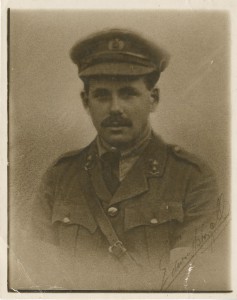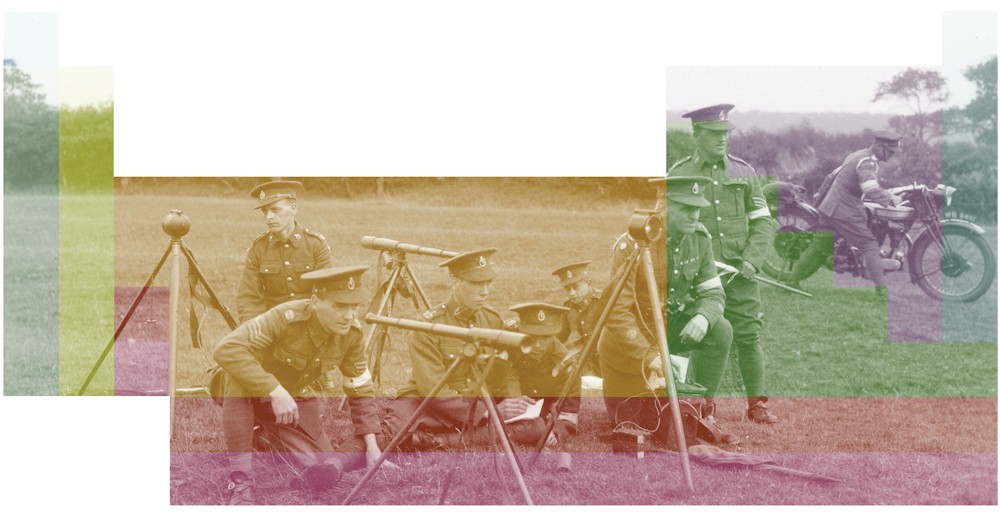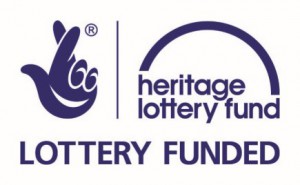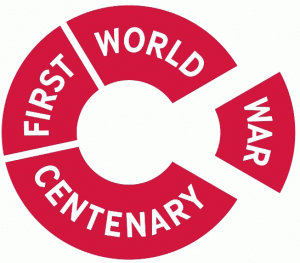Military Training

Harry in his Royal Engineers officers uniform complete with signallers armbands, c.1914.
Image courtesy of the Royal Society.
By mid-October 1914, Harry had begun formal training as a Royal Engineers signals officer at Aldershot, where he learned to communicate using signalling flags. A month later, Harry was transferred to Salisbury camp where he was taught a mixture of old and new signalling techniques including traditional visual methods of signalling such as heliographs and telescopes as well as more modern electrical signalling including telegraph and telephone systems.
In February 1915, Harry’s unit was attached to the 13th Division of Kitchener’s ‘New Army’ and Harry was allocated responsibility for the communications of the 38th Brigade.
VISUAL SIGNALLING
Telephones were invented in the late-nineteenth century and quickly adopted by the military. But older methods of communication remained vital due to problems of supply and terrain with the newer technologies.
As a signals officer, Harry was trained in visual signalling. One of the most powerful techniques used Morse code transmitted by sunlight. The mirror of a heliograph flashed the signals which could be observed through a telescope over long distances of up to 80 miles.
31 October 1914
Up every day at 6.45 I am kept fairly busy until 7.15P.M. signalling: reading Morse by ear and eye and sending and reading semaphore.
The signalling is easy except the reading of messages sent by lamp. In this case all that is seen is a twinkling light, and I have the greatest difficulty in distinguishing one group of flashes from another.
Letter from Harry to his mother sent from Royal Engineers Mess, Aldershot

The heliograph was developed as a means of military communications in the mid-19th century and was used into the late 20th century. Flashes of sunlight reflected by its mirror send messages in Morse code to a distant receiving station. Mounted on a tripod, the apparatus needs no power and its narrow beam of sunlight is difficult to intercept. The exhibited example was was lent by the Royal Signals Museum, Blandford and used in the Boer War. Its “duplex” two-mirror design would have been very familiar to Harry from his Royal Engineers signals training..
Amabel Moseley kept up to date with Harry’s activities during Royal Engineers training, just missing him in Oxford as he headed off to Aldershot to begin officer training in October 1914. Once in the Royal Engineers, Harry was drilled in a wide range of signalling techniques. The “flag-wagging” he had practised on the way back to Britain from Australia was reinforced by official instructions and was now carried out using pairs of white flags with a distinctive blue stripe. With some difficulties, Harry also learnt to use tripod-mounted telescopes to observe distant signals from lamps and heliographs.
Flag Wagging
I have been reading up a smattering from War Office manuals, and practising flag wagging Morse and semaphore while crossing the Pacific.
Letter from Harry to his sister Margery while on board Cunard RMS Lusitania, 28 September 1914.
[ Next: To War ]




